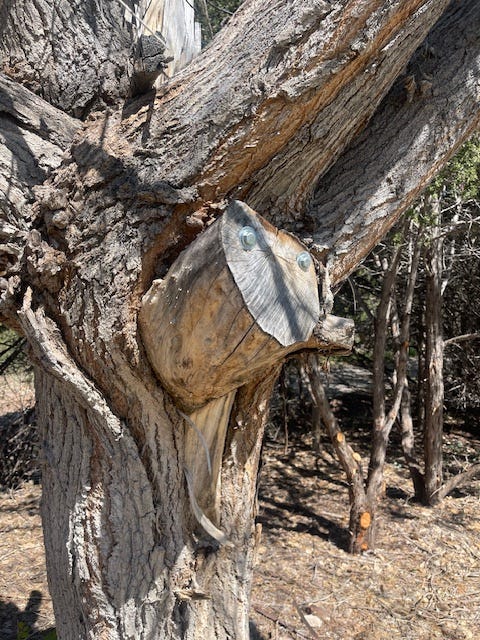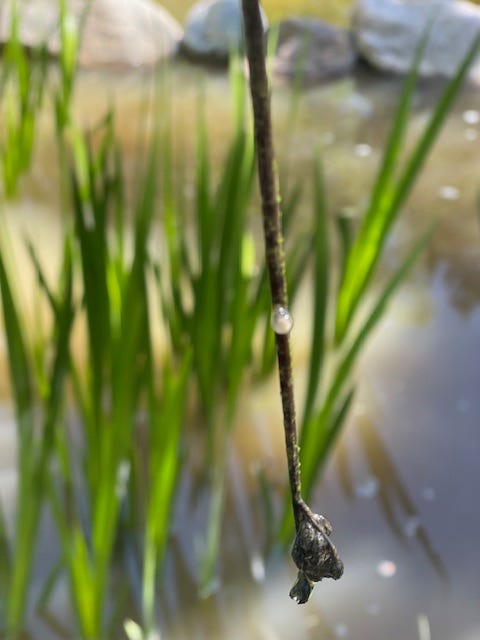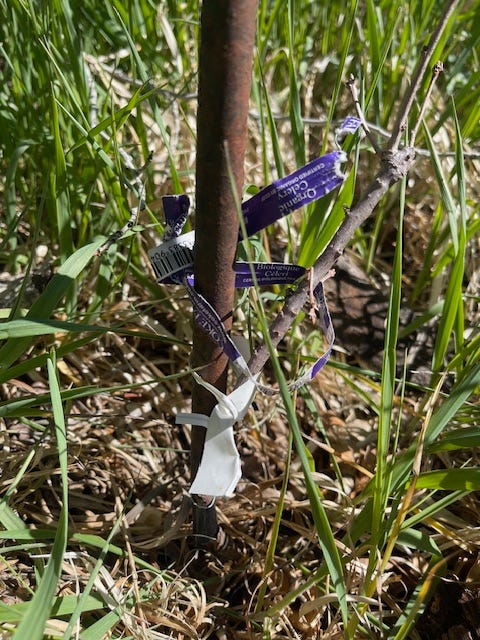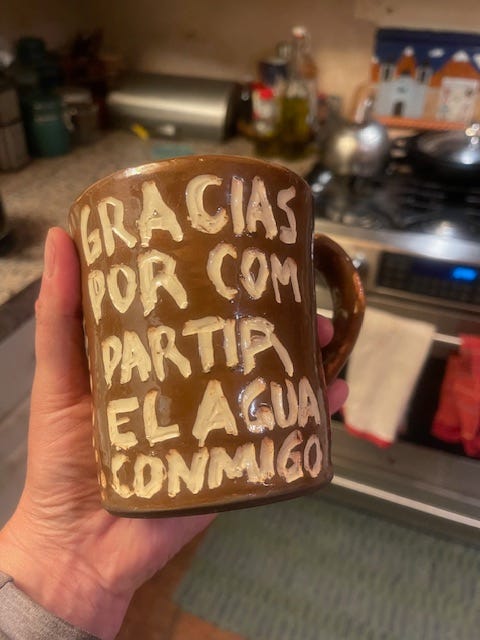We were warned not to expect anything this year. The winter was too dry, the snowpack far too meager. There would be barely enough water to feed the higher alpine streams. None would make it down to the network of acequias that spread like fingers across the valley.
But then the first week of May brought almost three inches of rain to our village along with two feet of snow in the mountain peaks above. Santa Fe’s usual rainfall for the whole month of May is just a smidge above half an inch. After days of deluge, the clouds parted. We were giddy when first we heard the rushing stream in the riverbed and then, a day later, saw the glistening reflection of water slowly creep down the acequia. As I walked my dogs, neighbors stopped and rolled down windows to marvel and ask, “did you see the river?”
My portion of water filled a pond where the salamanders were happily procreating and then flooded berry bushes, red osier dogwoods, and a small but tenacious nettle patch. As I made the rounds of the community of beings in this querencia I call home, I noticed the tiniest salamanders-to-be curled tight in their eggs, I repaired the bent trunk of a seedling gamble oak with some duct tape, and I admired the cottonwood that had almost cleaved in two a few years back. With some great effort a friend and I had lifted and bolted the severed part back together. Bark from the trunk has completely grown over and healed the old wound.




It's hard to explain how exciting spring is around here, and a huge part of it is the first sign of flowing water. Agua es Vida is the informal state motto and we feel it in our bones. At the ditch cleaning in late March, the Mayordomo announced there would be no water unless Spring brought a miraculous amount of rain. Miracles happen.
Recent research, based on studies of genetic and fossil records, postulated that around 800,000 years ago, almost all early humans were wiped out. Only a small population under 1500 of our ancestors remained. The findings read like science fiction or some kind of post-apocalyptic novel. It took about half a million years for our species, Homo Sapiens, to emerge from that tiny community, and then another couple of hundred thousand years for human population to completely rebound. We can only speculate about how those few hardy souls made it through. The researchers surmise that that close social cohesion and access to necessary resources were key. In other words, they must’ve created common cause and shared cooperatively what they needed to survive.
Although none of us in the valley depend on the acequia anymore for our basic survival, we still practice the collaboration and sharing necessary to keep these old traditions alive. We have faced bottlenecks before, we know in our genes how to survive them, how to hunker down. The darkest times—no matter if they come from the worst drought in a millennium, the lowering veil of fascism, or the threat of imminent extinction—can only be weathered if we relearn how to practice solidarity, support each other, and share what we are lucky enough to have been granted.







Yes, I believe in miracles too! Rain brings life. I’m glad your acequias & pond got water. I love New Mexico & have visited many times over the past 40 years, usually in the area around Taos. Presently living in northern California, on the coast.🌊🌅🌊